Daepo Jjimdak - Daehangno Branch (대포찜닭 대학로)
1.6Km 2021-03-19
18, Daehak-ro, 9-gil, Jongno-gu, Seoul
+82-2-742-6669
This is a Korean cuisine located in Daehak-ro, Seoul. The best menu at this restaurant is braised chicken. A restaurant that's popular among college students.
Hanok Guesthouse Dongchonchae [Korea Quality] / 한옥 게스트하우스 동촌재 [한국관광 품질인증/Korea Quality]
1.6Km 2021-03-26
21-10, Jahamun-ro 11-gil, Jongno-gu, Seoul
Built in 1939, Dongchonchae was designated as Seoul Well Hanok by the Seoul Metropolitan City in 2016. In 2020, this hanok (traditional Korean house) received the Certificate of KOREA QUALITY from the Korea Tourism Organization in the Heritage Hanok field in recognition of its historicity and quality of services. Dongchonjae is located in the western side of Gyeongbokgung Palace, at Seochon. When one passes through its main gate, one sees the yard, with anchae (women's quarters), sarangchae (men's quarters), and byeolchae (detached quarters) surrounding the plot. Anchae has four rooms, daecheong (wood-floored main hall), a kitchen, and a restroom. One of the rooms is used for tea ceremonies as well. Outside of the sarangchae and byeolchae, which are the living spaces for the owners, visitors have free access to the numaru (raised open floor) and the yard. The anchae’s rooms “Bom” and “Yeoreum” can accommodate 2 to 3 adults each, while the rooms “Gaeul” (Tea Room) and “Gyeoul” are optimal for two. The building is rented out as a whole, so no more than one group may stay in the building at any given time. Standard occupancy is four persons, and eight is the maximum number. There are two restrooms, one within the anchae building, one out in the backyard.
Cooking is not allowed in the kitchen, but guests are free to bring in outside food. Experience programs on offer include nighttime exploration of Seoul City Wall, tea ceremony, folk songs, and rice cake making. Additional payment is only required for rice cake making. Guests may choose between two types of complimentary breakfast: Korean, which comes with rice, soup, and three side dishes; and Western, which comes with bread, salad, and coffee. There are a 100-in screen and mini projector for film watching in the yard or daecheong. Towels, toiletries, hair dryer, bottled water, traditional tea, and capsule coffee are included. The kitchen is equipped with kitchen utensils, a microwave, and a coffee pot, enough for instant foods. Guests also have access to refrigerator and washing machine
Quartier Daehangno (Quartier Universitaire) (대학로)
1.6Km 2021-02-02
12 Hyehwa-ro, Jongno-gu, Seoul-si
+82-2-2148-1114
La Rue Daehangno, connue comme la rue des jeunes gens, est l’ancien emplacement de l’Université National de Séoul. Depuis les années 1980, beaucoup de théâtres de jeu ont commence à se déplacer à la Rue Daehangno, et ils ont commencé à y développer un centre culturel. Bientôt, des cafés, des movie théâtre, et des pubs s’y sont installés également, et elle s’est agrandie comme un district de divertissements. Sa popularité est encore maintenue grâce à de petits théâtres fameux comme le Théâtre Parangsae (Oiseau Bleu) et le Théâtre Hakjeon ainsi que 30 théâtres additionnels qui se sont groupés ici et contribuent à la Rue Daehangno qui reste comme le centre des racines de performances artistiques en Corée.
Le centre de Daehangno, le Parc Marronnier, a fréquemment des performances en direct ou des représentations de danses faites par les jeunes gens. C’est la raison pour laquelle la Rue Daehangno est appelée “La Mecque des Jeux” ou encore “Rue de la Jeunesse”.
Une autre raison pour laquelle la Rue Daehangno est devenue si populaire pour les jeunes, ce sont les beaux paysages et la diététique intéressante qu’on peut y trouver. Beaucoup de restaurants, chaînes de fast food, cafés et bars y sont regroupés, et augmentent la facilité pour les jeunes gens de faire quelque chose après avoir joué. Son unique atmosphère et espace est encore beaucoup aimée par un grand nombre de jeunes.
Festival Culturel de Jeongdong (정동문화축제)
1.6Km 2021-11-01
Seoul, Jung-gu, Sogong-dong
02-3701-1601
Le Festival culturel Jeongdong permet d'apprécier l'ambiance automnale sur la routean Jeongdong-gil à Jung-gu, Séoul. Le festival vise à promouvoir les attractions touristiques aux alentoiurs à travers différents événements et expositions.
Persian Palace (페르시안궁전)
1.6Km 2021-03-30
9, Seonggyungwan-ro 6-gil, Jongno-gu, Seoul
+82-2-763-6050
Persian Palace was opened in 2002 and is operated by an Iranian owner. The three-story restaurant offers spacious dining areas and specializes in curry and Iranian cuisine. The restaurant consists of two kitchens with one dedicated to curry meals prepared by an Indian chef and the other dedicated to Iranian menus prepared by an Iranian chef. They also offer Halal food and a prayer room for Muslims.
Bultaneun Gopchang (불타는곱창)
1.6Km 2021-07-20
8, Jong-ro 35-gil, Jongno-gu, Seoul
+82-2-3672-4885
This Korean cuisine is located near Jongno 5(o)ga Station, Seoul. The representative menu is assorted pork intestines/assorted beef intestines. A restaurant specializing in Korean-style grilled intestines.
Skinanniversary Beauty Town (스킨애니버셔리 뷰티타운)
1.6Km 2020-03-31
508-1, Munbal-ri, Gyoha-eup, Paju-si, Gyeonggi-do
+82-2-760-1472
SkinAnniversary Beauty Town (ville de beauté) est un complexe de beauté offrant aux visiteurs une chance d’expérimenter les différentes facettes de la culture de la beauté coréenne. C’est le complexe de beauté le plus grand au monde bénéficiant d’une superficie impressionnante de 15km ² et une capacité de 2 000 clients. Les clients peuvent prendre part à de nombreuses activités de soin de beauté à des prix abordables incluant des traitements coréens de la peau et du maquillage de style Hallyu. Il y a également une galerie d’art pour faire le plein d’astuces, une zone photo et un restaurant de style buffet rempli de nourriture bonne pour la peau.
Seoul Munmyo (Sungkyunkwan) (서울 문묘 및 성균관)
1.6Km 2020-04-28
53, Myeongnyundong3-ga, Jongno-gu, Seoul-si
+82-2-760-1472
Munmyo est un sanctuaire dédié à Confucius, dont les leçons ont formé du confucianisme. Il est également dédié à ses disciples et au autres savants confucéens. Munmyo est non seulement un sanctuaire mais c’est également la plus grande institution éducative de la dynastie Joseon. Munmyo était autrefois appelé Munseonwangmyo depuis la dynastie Tang, Confucius a été nommé « roi Munseon » après sa mort et ensuite le temple a été appelé Munmyo à partir de la dynastie Yuan.
Le terrain est composé de deux espaces principaux : les tombeaux Daeseongjeon et le Myeongryundang est composé de salles de séminaires et d’autres équipements auxiliaires. De plus, il y a deux dortoirs, Dongjae et Seojae, qui sont communément connu sous le nom de Sungkyunkwan. En face de Myeongryundang se dresse un arbre ginko désigné monument naturel No. 59. Au printemps et en automne a lieu un rituel pour Confucius et ses disciples.
Travelodge Dongdaemun (트레블로지 동대문 호텔)
1.6Km 2021-07-13
359, Dongho-ro, Jung-gu, Seoul
+82-2-2160-8888
Travelodge Dongdaemun is located in the heart of Seoul, surrounded by popular tourist attrctions. The hotel provides services that suit the needs of both leisure and business travelers alike at an affordable price. Dongdaemun is a popular fashion district where tradition and modern cultures meet. Several tourist attractions are located within 10 to 15 minutes via public transportation from the hotel, such as Dongdaemun Design Plaza, Cheonggyecheon Stream, Heunginjimun Gate, Insa-dong and the royal palaces.
Jinju Hall (진주회관)
1.6Km 2020-05-08
26, Sejong-daero 11-gil, Jung-gu, Seoul
+82-2-753-5388
Jinju Hall is a restaurant specializing in kongguksu (chilled white soybean noodle soup) with over 40 years of history. Renowned for its rich soup of cold noodles, the restaurant uses fresh soybeans grown in Gangwon-do. The dishes are not only nutritious, but also effective in restoring people's appetites, often lost because of the summer's heat.
To make the restaurant's signature dish, buckwheat is mixed with ground soybeans and flour to make dough. The dough is shaped into noodles and boiled. They are then mixed with pulverized soybeans (which are slightly boiled) and cold broth. Boasting a simple taste, this cold soybean noodle dish is one of the most popular dishes in summer.
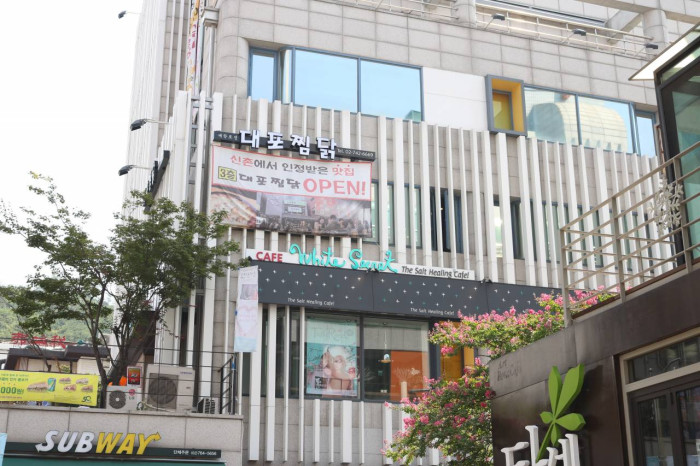
![Hanok Guesthouse Dongchonchae [Korea Quality] / 한옥 게스트하우스 동촌재 [한국관광 품질인증/Korea Quality]](http://tong.visitkorea.or.kr/cms/resource/96/2705896_image2_1.jpg)
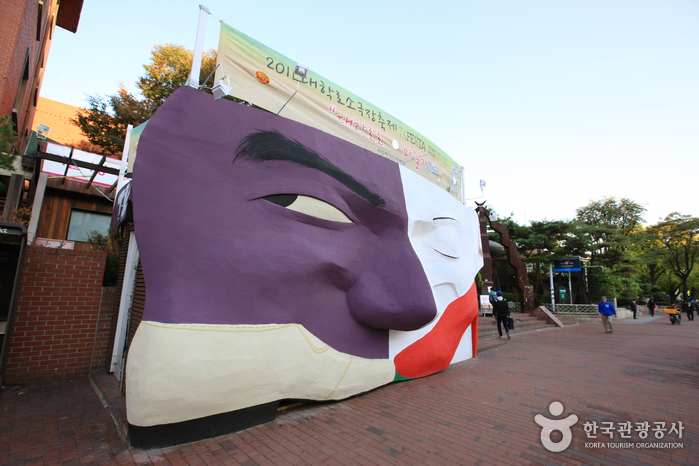
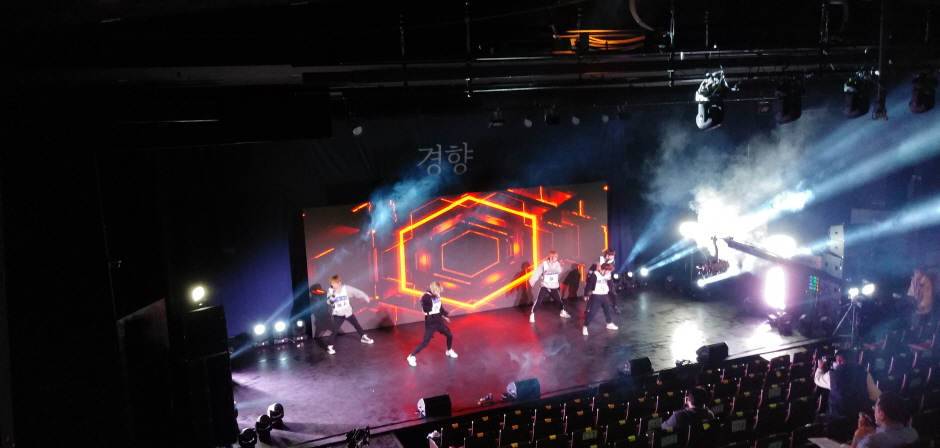

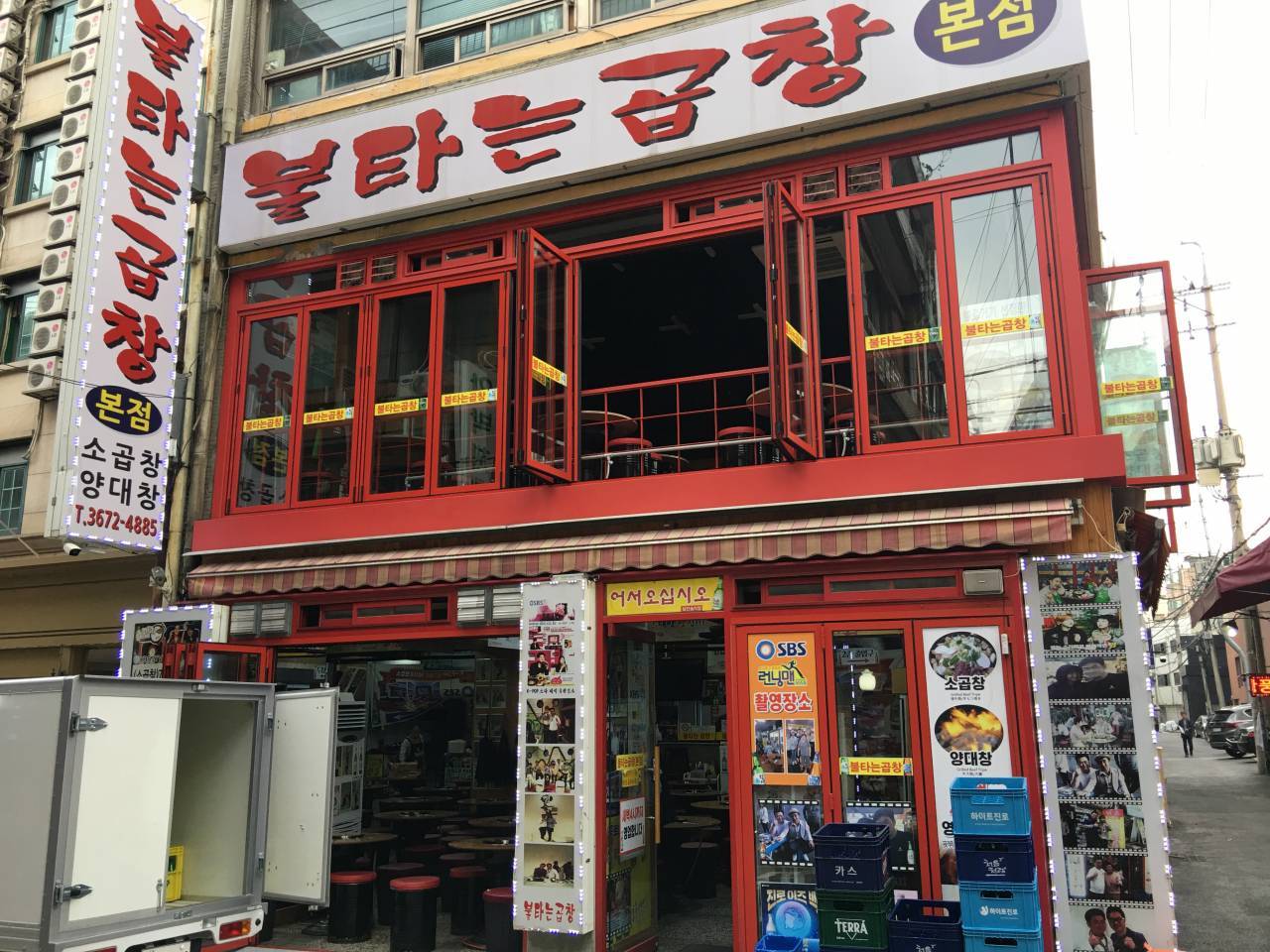
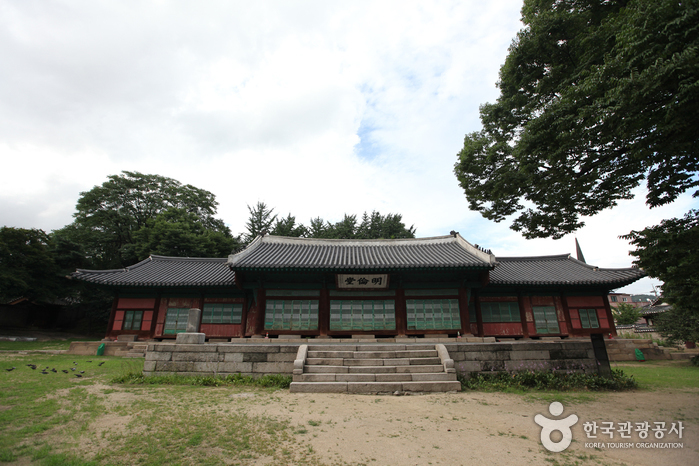
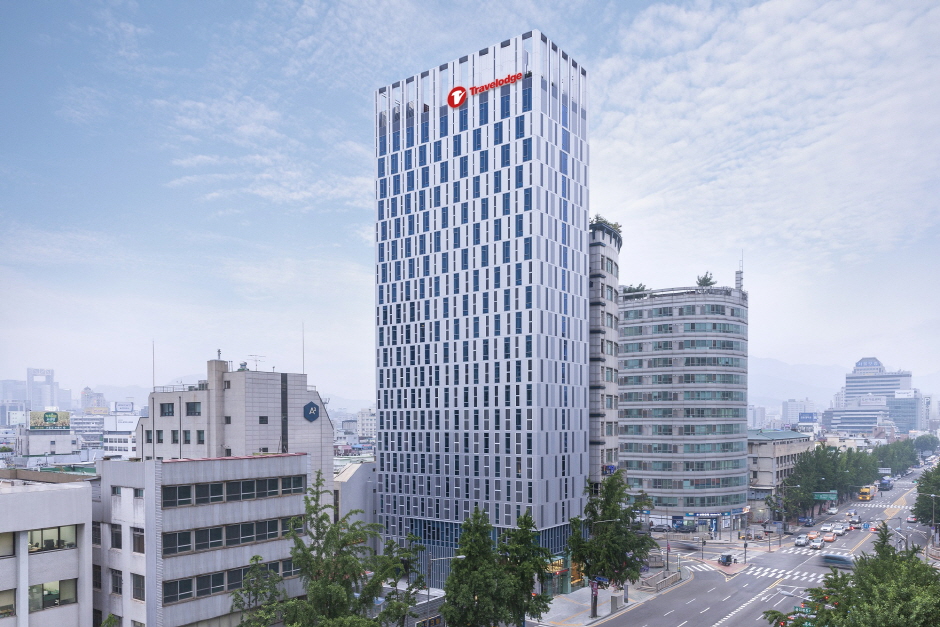
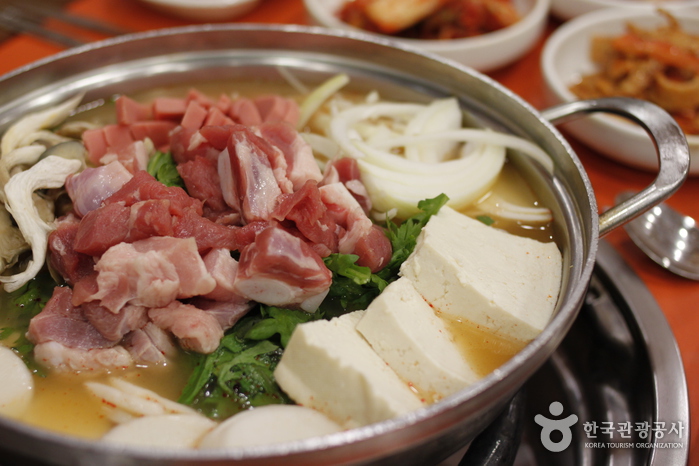
 Français
Français
 한국어
한국어 English
English 日本語
日本語 中文(简体)
中文(简体) Deutsch
Deutsch Español
Español Русский
Русский